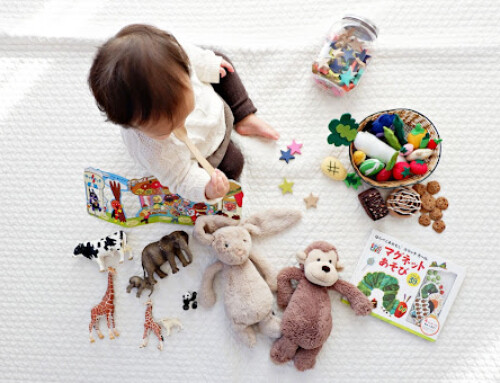Children are like sponges, absorbing the world around them through their senses—sight, sound, touch, taste, and smell. However, for some children, this sensory journey can be a bit more complex. They may experience sensory needs that require special attention and care. In this blog post, we’ll delve into the world of children with sensory needs, exploring what it means, how it impacts their lives, and how we can offer them the support and understanding they deserve.
Understanding Sensory Needs
1. What Are Sensory Needs?
Sensory needs refer to the unique ways in which an individual’s nervous system processes and responds to sensory input. For some children, their sensory processing may be atypical, causing them to be hypersensitive (over responsive) or hyposensitive (under responsive) to sensory stimuli.
2. Common Sensory Sensitivities
Children with sensory needs may experience sensitivities in various areas, including:
- Sensory Processing Disorder (SPD): A condition where the brain has trouble receiving and responding to information that comes through the senses.
- Auditory Sensitivity: Overreaction to sounds or being easily startled by noises.
- Tactile Sensitivity: An aversion to certain textures, clothing, or being touched.
- Visual Sensitivity: Discomfort with bright lights, busy visual environments, or a preference for dimmer spaces.
- Oral Sensitivity: Picky eating due to aversions to certain tastes, textures, or temperatures.
3. Impact on Daily Life
Sensory needs can significantly impact a child’s daily life. Unaddressed sensitivities may lead to behaviors such as meltdowns, avoidance, or withdrawal from sensory-rich environments. These challenges can affect a child’s ability to participate in school, engage in social activities, and enjoy everyday experiences.
Supporting Children with Sensory Needs
1. Early Identification
Recognizing sensory needs early is crucial. Parents and caregivers can observe a child’s responses to sensory stimuli and seek professional guidance if concerns arise.
2. Occupational Therapy
Occupational therapists with expertise in sensory integration can be invaluable in providing strategies to help children manage their sensory sensitivities. These therapists work on activities that promote sensory regulation and improve daily functioning.
3. Sensory-Friendly Environments
Creating sensory-friendly spaces at home, school, and in the community can make a world of difference. Dimmer lighting, quiet corners, and sensory tools like fidget toys or noise-canceling headphones can help children self-regulate.
4. Individualized Approaches
Each child with sensory needs is unique, so there’s no one-size-fits-all solution. Individualized plans, tailored to a child’s specific sensitivities and preferences, are often the most effective.
5. Patience and Understanding
Perhaps the most essential element in supporting children with sensory needs is patience and understanding. These children may need more time to adjust to new situations or require specific accommodations. Approaching their challenges with empathy goes a long way in helping them feel safe and accepted.
Children with sensory needs are remarkable individuals with unique perspectives on the world. While their sensory sensitivities can present challenges, they also bring unique strengths and gifts to our communities. By understanding their needs, seeking professional guidance when necessary, and offering support and acceptance, we can help these children thrive and enjoy a rich, fulfilling life. Embracing their sensory journey is an opportunity for us all to learn more about the diverse ways in which we experience the world around us.















Leave A Comment
You must be logged in to post a comment.